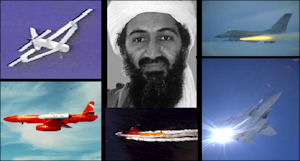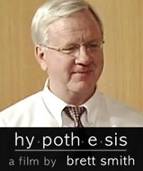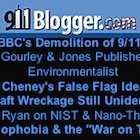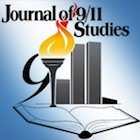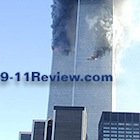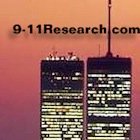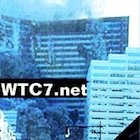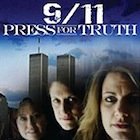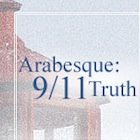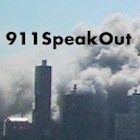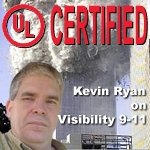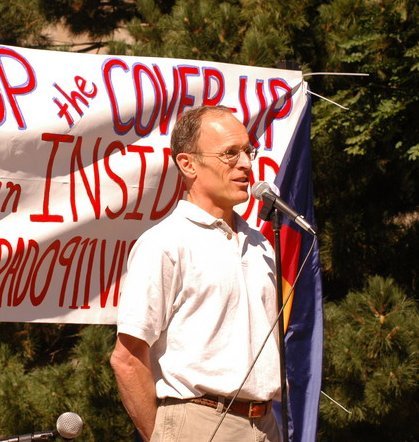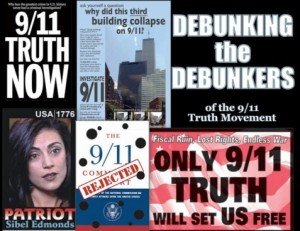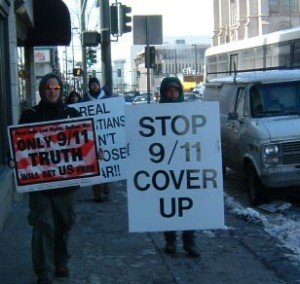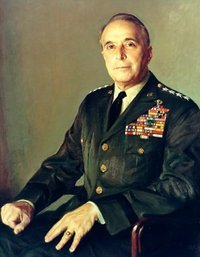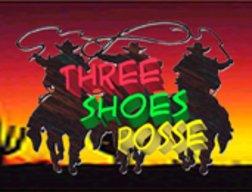Traces of explosives in 9/11 dust, scientists say
by Elaine Jarvik
Deseret News
Tiny red and gray chips found in the dust from the collapse of the World Trade Center contain highly explosive materials — proof, according to a former BYU professor, that 9/11 is still a sinister mystery.
online casino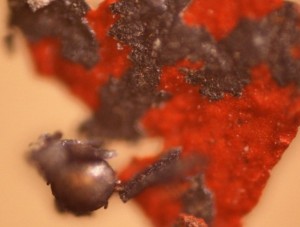 Physicist Steven E. Jones, who retired from Brigham Young University in 2006 after the school recoiled from the controversy surrounding his 9/11 theories, is one of nine authors on a paper published last week in the online, peer-reviewed Open Chemical Physics Journal. Also listed as authors are BYU physics professor Jeffrey Farrer and a professor of nanochemistry at the University of Copenhagen in Denmark.
Physicist Steven E. Jones, who retired from Brigham Young University in 2006 after the school recoiled from the controversy surrounding his 9/11 theories, is one of nine authors on a paper published last week in the online, peer-reviewed Open Chemical Physics Journal. Also listed as authors are BYU physics professor Jeffrey Farrer and a professor of nanochemistry at the University of Copenhagen in Denmark.
For several years, Jones has theorized that pre-positioned explosives, not fires from jet fuel, caused the rapid, symmetrical collapse of the two World Trade Center buildings, plus the collapse of a third building, WTC-7.
The newest research, according to the journal authors, shows that dust from the collapsing towers contained a “nano-thermite” material that is highly explosive. Although the article draws no conclusions about the source and purpose of the explosives, Jones has previously supported a theory that the collapse of the WTC towers was part of a government conspiracy to ignore warnings about the 9/11 terrorists so that the attack would propel America to wage war against Afghanistan and Iraq.
The next step, Jones said in a phone interview on Monday, is for someone to investigate “who made the stuff and why it was there.”
A layer of dust lay over parts of Manhattan immediately following the collapse of the towers, and it was samples of this dust that Jones and fellow researchers requested in a 2006 paper, hoping to determine “the whole truth of the events of that day.” They eventually tested four samples they received from New Yorkers.
One sample was from a man who had swept up a handful of dust on the Brooklyn Bridge, where he was walking when the second tower fell. As the journal authors note, “It was, therefore, definitely not contaminated by the steel-cutting or clean-up operations at Ground Zero, which began later. Furthermore, it is not mixed with dust from WTC-7, which fell hours later.”
Another man collected dust in his apartment, about five blocks from the World Trade Center, on the morning of Sept. 12. There was a layer about an inch thick on a stack of folded laundry near an open window.
Red/gray chips, averaging in size between .2 and 3 mm, were found in all four dust samples. The chips were then analyzed using scanning electron microscopy and other high-tech tools.
